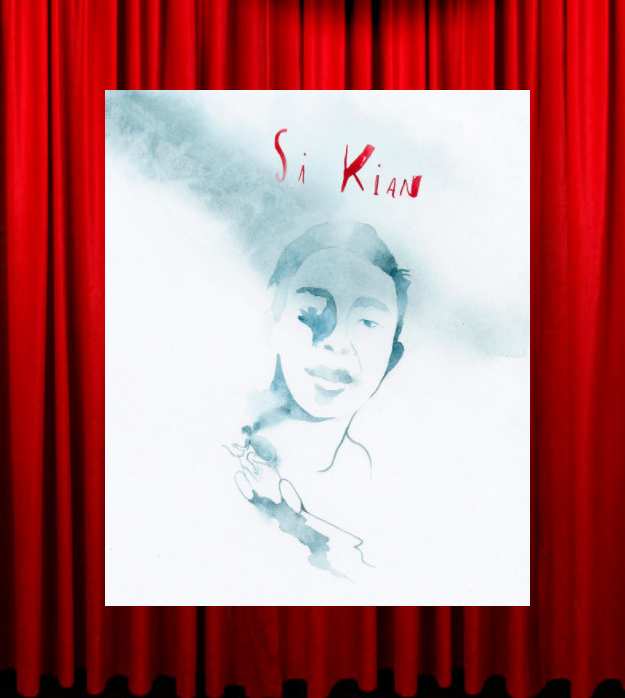Children’s writers can present issues to young readers through words, linguistic structures and literary devices
22 Nov 2023

This research focuses on the analysis of five stories for children written by Filipino authors and published in the Philippines from 2016 to 2022, which is a period rife with news of violations of human rights. It uses cognitive stylistics to determine how the theme of protest is made accessible to the target readers—the Filipino children. It provides a holistic analysis of each story by including both the internal linguistic contexts and external or socio political contexts in which the stories were written and published. All the stories present implicit protest against the curtailment of children’s rights and such protest is foregrounded and made more accessible to the child reader through the following: the use of repetition, building constructions that are within the child’s schemata, and using the dimensions of specificity and prominence. All the stories implicitly or explicitly end with a hopeful note, which is just to be expected considering that they are meant to be read by young children. The five stories analyzed in this study are Si Kian (2017) by Weng D. Cahiles, Water Lilies for Marawi (2018) by Heidi Emily Eusebio-Abad, Si Laleng at ang Lakbay-Paaralan (2020) by Mon Sy, Kakatok-Katok sa Bahay ni Benok (2021) by Mon Sy, and May Sungay ang Hari (2022) by Augie Rivera.
There are very few studies done on Philippine contemporary children’s literature. This study does not only focus on recently published stories for Filipino children, but it also uses a relatively new approach: cognitive stylistics. As such, the research offers insights into how Filipino writers for children make their stories accessible though these delve into difficult concepts such as protest against certain socio-political realities in the Philippines.
Read the full paper: https://doi.org/10.1353/bkb.2023.0001
